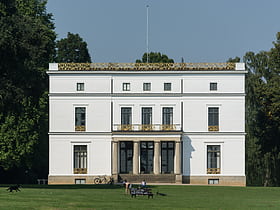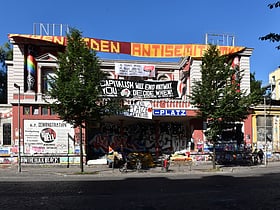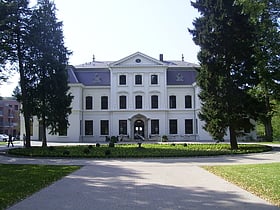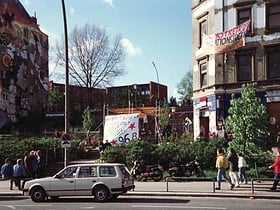Hamburg: Vernacular Architecture
Places and attractions in the Vernacular architecture category
Categories
- Museum
- Theater
- Concerts and shows
- Park
- Church
- Specialty museum
- Shopping
- Nightlife
- History museum
- Cemetery
- Natural attraction
- Art museum
- Dancing
- Neighbourhood
- Shopping district
- Nature
- Street
- Square
- Architecture
- Vernacular architecture
- Sport
- Sport venue
- Area
- Gothic Revival architecture
- Outdoor activities
- Bridge
- Event space
- Monuments and statues
- Concert hall
- Shopping centre
- Historical place
- Lake
- Science museum
- Art gallery
- Music venue
- Opera
- Harbor
- Mosque
- Memorial
- Hill
- Universities and schools
Blankenese Low Lighthouse
Nestled along the picturesque banks of the Elbe River in Hamburg, Germany, the Blankenese Low Lighthouse stands as a historic beacon guiding vessels and charming visitors with its distinctive presence. This quaint lighthouse, a part of Hamburg's rich maritime heritage...
Jenisch House
Jenisch House is a country house in Hamburg built in the 19th century and an example of Hanseatic lifestyle and neoclassical architecture. As of 2008, Jenisch House is the home of the Museum für Kunst und Kultur an der Elbe. It is located within the Jenisch park in the Othmarschen quarter.
Rote Flora
The Rote Flora is a former theatre in the Sternschanze district of Hamburg, Germany. It has been squatted since November 1989 as a self-managed social centre. The collective said in 2001 "We are the 'UFO in the neighbourhood.' The black hole in public space.
Herrenhaus Wellingsbüttel
Wellingsbüttel Manor is a former manor with a baroque manor house in Hamburg, Germany, which once enjoyed imperial immediacy. Wellingsbüttel was documented for the first time on 10 October 1296.
Blankenese High Lighthouse
Blankenese High Lighthouse was a lighthouse on the river Elbe in the Hamburg district of Blankenese, from 1984 to 2020.
Hafenstraße
Hafenstraße is a street in St. Pauli, a quarter of Hamburg, Germany, known for its legalized squats. The squats were occupied in 1981 and became a figurehead for autonomist and anti-imperialist politics.
Map






